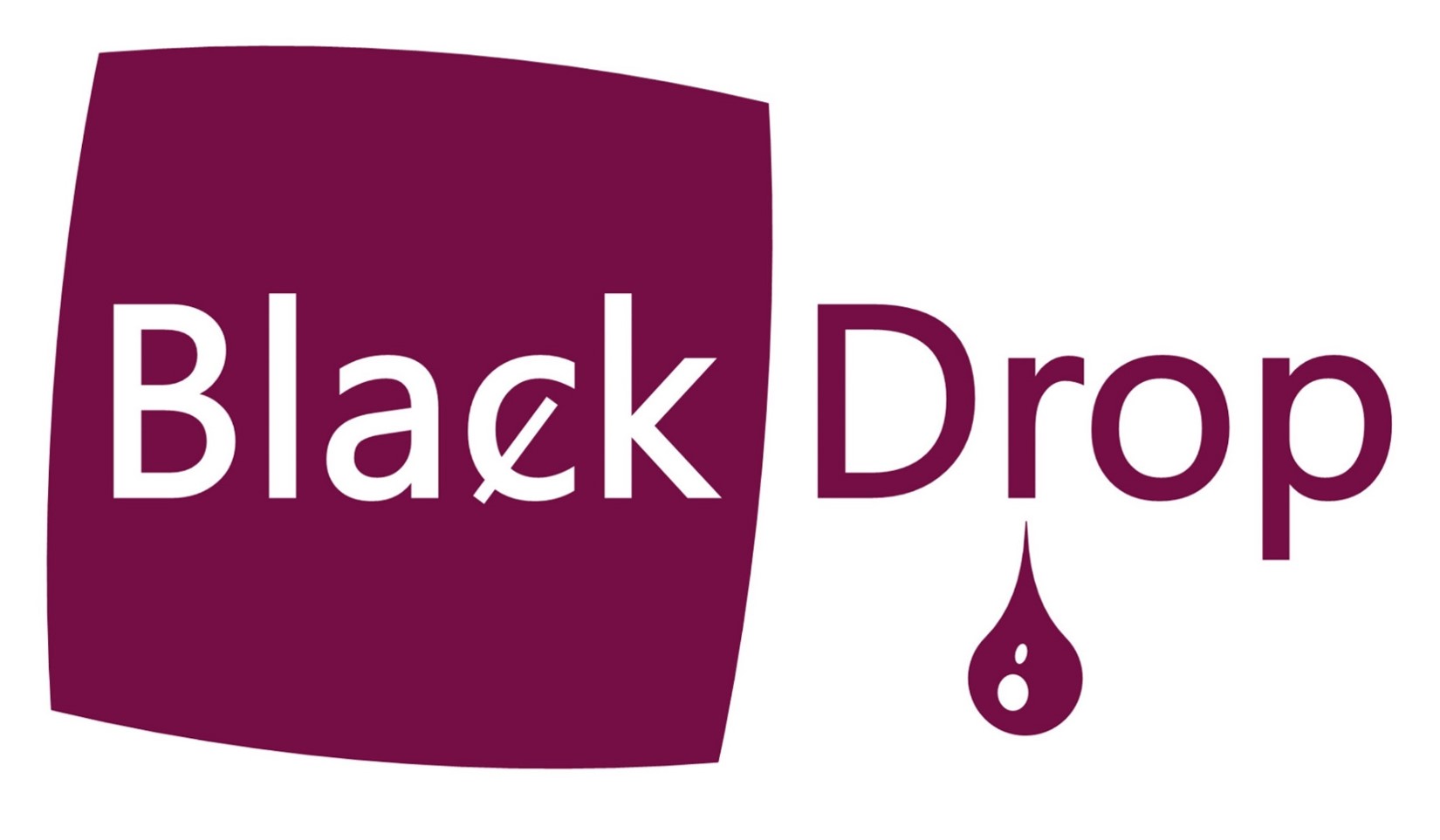Regenerative medicine
Regenerative medicine is a cutting-edge field focused on harnessing the body’s intrinsic healing mechanisms or replacing damaged tissues with functional alternatives. This multidisciplinary domain spans from stem cell therapies to bioengineered. At its core, bioprinting enables the precise fabrication of autologous blood vessels, heart valves, musculoskeletal tissues, cartilage, and skin, meticulously engineered to integrate seamlessly with the patient’s physiology.
Regenerative Wound Healing:
Beyond traditional skin grafts, bioprinting is advancing the development of bioactive dressings and patches that can promote wound healing. Regenerative technologies, including customizable nanofiber matrices, diverse cell types, peptides, proteins, small molecules, RNA inhibitors, and gene therapies, are gaining ground in wound healing.
Addressing Organ Shortages:
In the face of global efforts, the deficit in organ donations persists, leaving thousands of patients in dire need of life-saving transplants. Our bioprinting technology provides a beacon of hope by facilitating the creation of personalized organs and tissues. This strategy not only mitigates the organ donor shortage but also diminishes the likelihood of transplant rejection through the production of autologous tissues.
Advances in Tissue Engineering
Creating complex tissues involves overcoming significant challenges, such as optimizing extracellular matrices (ECM), ensuring adequate vascularization, and achieving precise cellular functions. 3D Bioprinting has made significant strides in bioprinting various tissues, each at different stages of clinical readiness.
